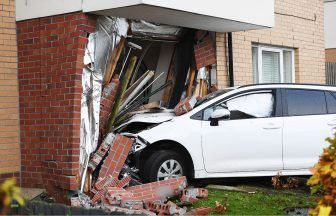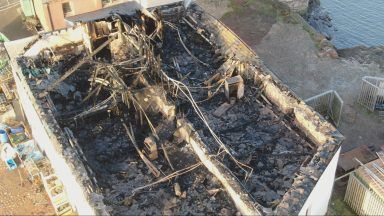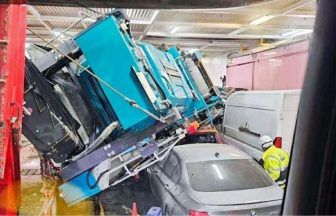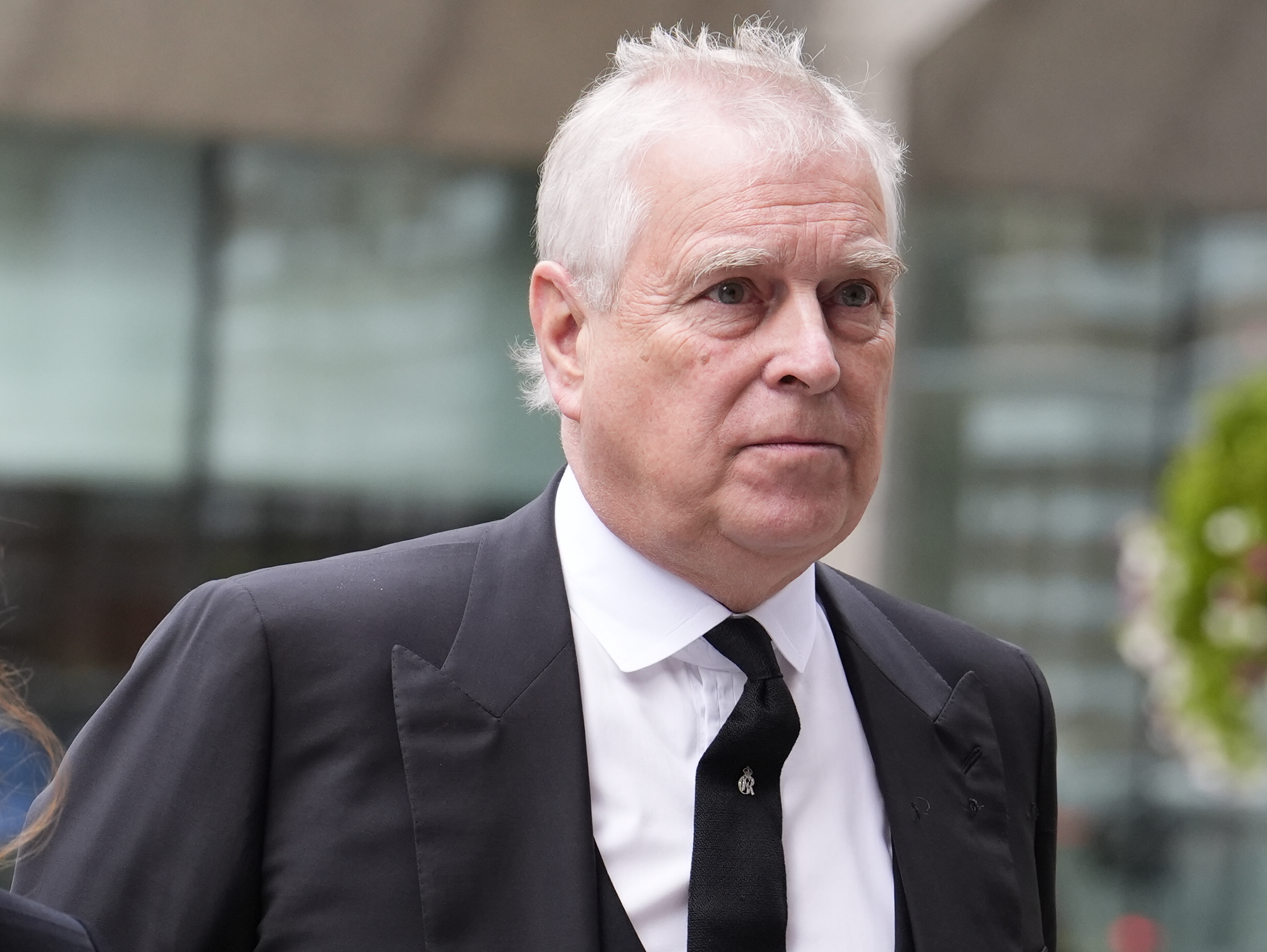Elon Musk’s SpaceX company suffered its third failed rocket launch in a row on Tuesday night when its spacecraft lost control shortly after lift off and fell into the Indian Ocean, apparently due to fuel leaks.
The company had hoped to launch a series of satellites into space but after the release door failed to completely open, the rocket spun out of control and landed in the Indian Ocean.
SpaceX later confirmed that the spacecraft burst apart, experiencing “a rapid unscheduled disassembly.”
“Teams will continue to review data and work toward our next flight test,” the company said in an online statement.
Musk noted in a post on X that it was a “big improvement” from the two previous demos, which ended with flaming debris scattering over the Atlantic Ocean.
Despite the latest setback, he promised a faster launch pace moving forward, with one promised every three to four weeks for the next three flights.
A SpaceX ship encounters extreme heat during its reentry into Earth’s atmosphere.
This flight was the first time SpaceX used a recycled booster in part of the rocket’s construction.
Last year the company successfully demonstrated technology allowing them to catch the rocket boosters midflight for reuse.
There were no plans to do so on this occasion and the rocket booster crashed into the Gulf of Mexico in pieces.

SpaceX’s previous two Starships, the biggest and most powerful rockets built so far, never made it past the Caribbean.
The launches earlier this year ended minutes after lift off, raining wreckage into the ocean. No injuries or serious damage were reported, although airline travel was disrupted.
The Federal Aviation Administration last week cleared Starship for another flight, expanding the hazard area and pushing the lift off outside peak air travel times.
Besides taking corrective action and making upgrades, SpaceX modified the latest spacecraft’s thermal tiles and installed special catch fittings.
This rocket was meant to sink in the Indian Ocean, but the company wanted to test the add-ons for capturing future versions back at the launch site, like the booster-catching demonstrated last year.
Nasa needs SpaceX to make major strides over the next year with Starship in order to land astronauts back on the moon.
Next year’s moonshot with four astronauts will fly around the moon, but will not land.
In 2027 at the earliest, Nasa intends to land on the lunar body and will require a Starship to get two astronauts from lunar orbit to the surface and back off again.
Follow STV News on WhatsApp
Scan the QR code on your mobile device for all the latest news from around the country





























